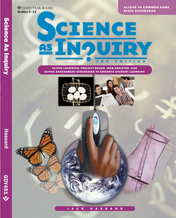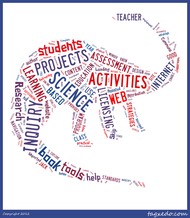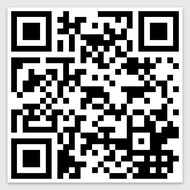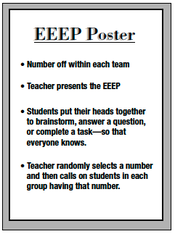Inquiry Teaching Strategy Using Exciting Examples of Everyday Phenomena
Penny and Glass of Water EEEP
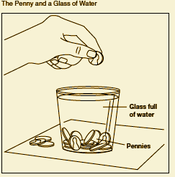
Fill a glass jar with water. Ask students to estimate how many pennies can be put into the full glass of water before the water spills over the sides. If done carefully, you can put from 25 - 50 pennies in a full glass of water. Surface tension?
EEEP (Exciting Examples of Everyday Phenomena) is a powerful tool for science teachers. EEEPs engage students in science inquiry problems and are structured so that students use team learning to observe, analyze and make conclusions, and report their results to others. I coined the term several years ago after reading an article about the importance of linking science concepts to students’ everyday experiences. Since that time, I have used EEEPs as a teaching tool in numerous classes and seminars.
An EEEP is conceptually a discrepant event and is designed to pique student’s curiosity. EEEPs differ from the traditional demonstration, however. Normally the science demonstration is used to help the teacher illustrate a concept, show students how lab apparatus works, or to involve students in a question and answer session. An EEEP, on the other hand, is used to engage teams of students in an inquiry investigation based on the model of Collaborative Learning.
EEEPs are implemented as cooperative learning inquiries in which teams of students work together to solve a problem. For example, in a physical science EEEP, The Penny and the Glass of Water students are engaged in this problem: A full glass of water is presented to the class. Ask them to predict how many pennies can be dropped, if done carefully, into the full glass of water without causing it to overflow. Note students’ predictions. (If you want to take some extra time, have teams of students work together to talk through their predictions.) In full view, begin dropping one penny at a time into the glass of water (See the Figure below). Invite students to work in small teams to illustrate and describe in their own words what happened. They should report their findings on an EEEP Activity Sheet. A sample EEEP sheet is shown here as well.
You will find in the text a variety of EEEPs for Earth science, life science, and physical science.
